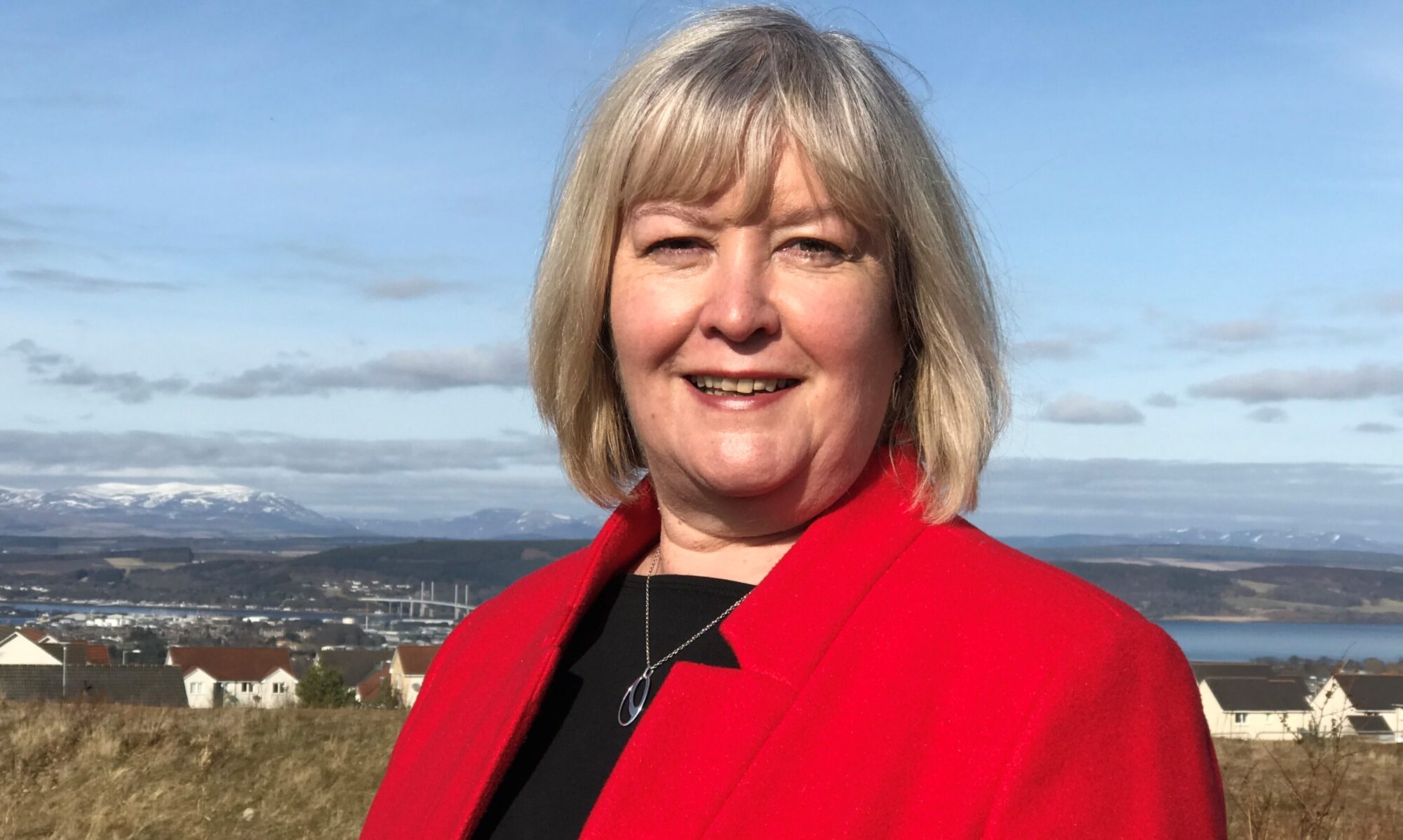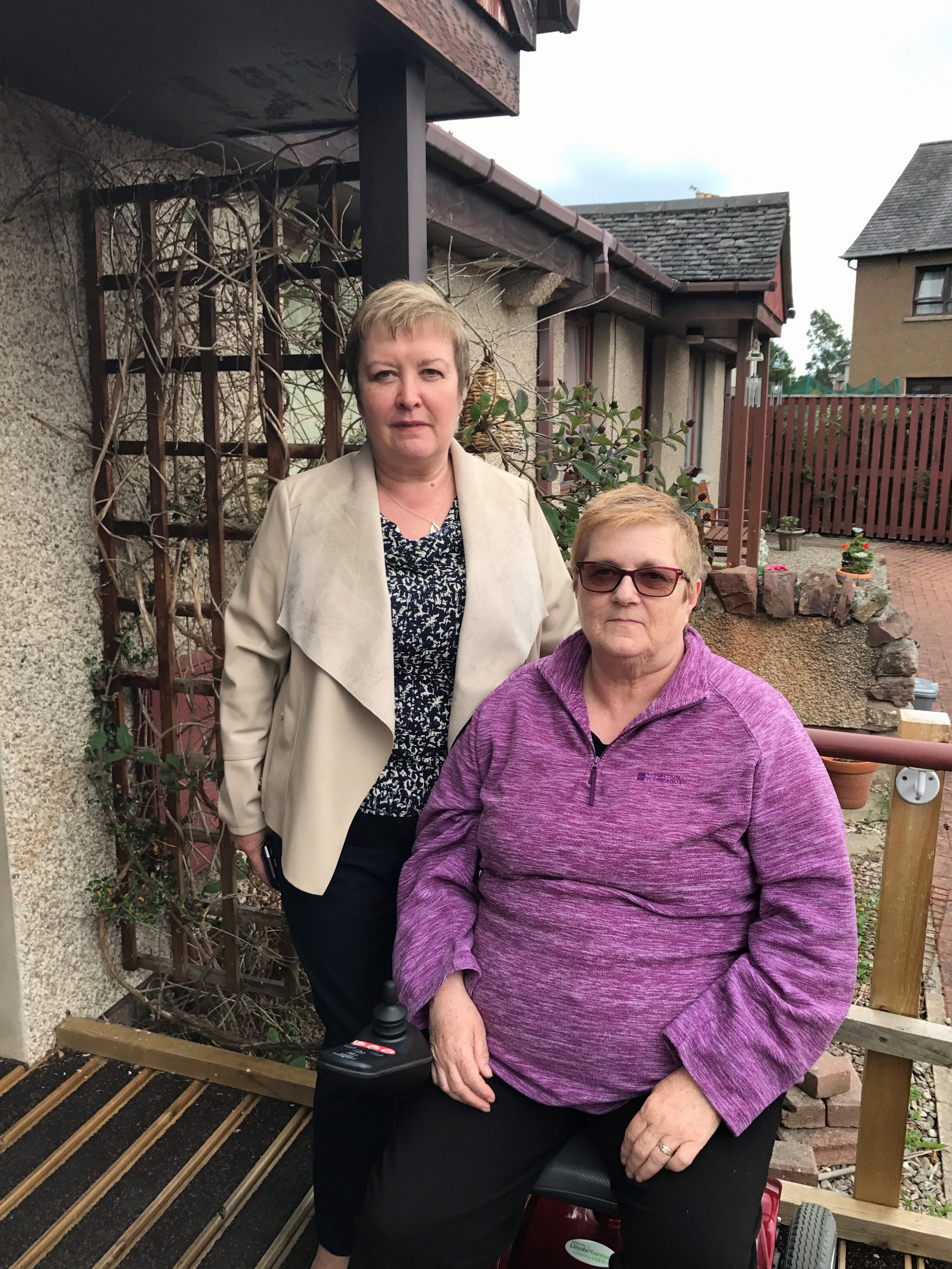MSPs have heard a “compelling case” from a leading consultant neurosurgeon as to why Scotland should introduce a ground-breaking technology.
The Scottish Parliament’s Public Petitions Committee heard yesterday from Professor Dipankar Nandi, about the benefits and cost effectiveness of magnetic resonance-guided focused ultrasound technology for the treatment of patients with Essential Tremor.
The committee agreed in September to hear evidence from the professor, based at Imperial College in London, to support a Highlands and Islands campaigner’s petition to introduce the technology to Scotland.
Mary Ramsay, Chair of the Scottish Tremor Society, is asking the Scottish Government to back the provision of the equipment.
Professor Nandi, who answered questions from MSPs via a video link, told the committee he estimated 10,000 people would have a significant tremor in Scotland and would benefit from the treatment. He explained the technology and science was nothing new and the treatment was an alternative to Deep Brain Stimulation (DBS) which involved invasive surgery and inserting a probes inside the head.
“The safety profile is probably its biggest advantage compared to where we are otherwise. It also opens the doors for treatment of some patients who unfortunately we have no answer for, people in 70s and 80s, people with serious medical conditions, who one would not contemplate for Deep Brian Stimulation, they have been left pretty much to fend for themselves. That is the kind of patient I am talking about,” he told MSPs.
Professor Nandi said NHS England had authorised the treatment for 150 patients a year at his unit and all that Scotland would need to do was to buy the machine, which he admitted was expensive, as it had two very eminent neuro centres in Edinburgh and Glasgow. “One machine could suffice for the whole Scottish population,” he added.
He also said that after the upfront cost of buying the machine, once you reach 20 patients it would recoup the cost of that machine through savings on more invasive treatments, adding that the waiting list south of the border was now at 300 plus patients.
Mrs Ramsay, from Dalneigh, Inverness, watched the virtual session from home on parliamentary television and welcomed the cross-party support.
She said afterwards: “I am delighted that the committee recognised the success of this treatment and that Professor Nandi could share his vast experience of the medical evidence.
“However, I am so disappointed that this is having to go back to the Scottish Government and Health Secretary who appear to remain unconvinced of what it could mean for patients here. It is frustrating!
“The professor pointed out the technology could be used for other conditions such as Parkinson’s and brain tumours, and that research should be investigated. It could save a fortune.”
Highlands and Islands Labour MSP Rhoda Grant, who is a long-time supporter of Mrs Ramsay’s campaign to get the treatment north of the border, also spoke at the committee and said Professor Nandi’s submission was fascinating.
“Given this is going to be available on the NHS in England, and the evidence they have is the same as the evidence we have, could we write to the Scottish Government and ask that this decision, not to make it available on the NHS in Scotland, is reviewed in the light of that,” she said.
“The evidence we heard this morning is absolutely overwhelming that we need this technology in Scotland.”
She added: “I think we need to push to ensure there is a level playing field in Scotland as there is in England.”
Convener of the committee, MSP Johann Lamont, thanked Professor Nandi for this time and said he had made a “such compelling case” which could inform any decisions that were going to be made by the Scottish Government and NHS here.
MSPs unanimously agreed to get back to the Scottish Government and the Health Secretary to respond to the evidence that the committee had heard and to look at other ways the technology could be used for research into other conditions such as Parkinson’s.
It is also going to raise what is happening to a fundraising campaign for a machine in Scotland.
Link to the committee:
https://www.scottishparliament.tv/meeting/public-petitions-committee-december-16-2020
- Deep Brain Stimulation is where electrodes are placed in the brain to help alleviate the condition which causes involuntary and rhythmic shaking affecting almost any part of the body.
- New information is that while NHS Scotland has previously rejected funding based on its interpretation of the evidence and NICE guidance, NHS England has now agreed to fund the Magnetic Resonance-guided Focused Ultrasound technology based on the same evidence and countries worldwide already use it
- The Specialised Commissioning Oversight Group provided its guidance to NHS England to fund MRgFUS from April next year.
- The guidance states that the treatment will be available to patients who have moderate to severe Essential Tremor, and where current medication has failed to adequately suppress the tremor or causes adverse effects.
- Fundraising for the equipment is being run by the University of Dundee. The technology uses MRI imaging to guide high powered, focused ultrasound to a very small point. At that point, molecules are vibrated extremely quickly, which creates intense local heat which destroys the tissue. The technology allows clinicians to target a very specific focal point – with very little heating produced in front of and behind that point, so only the targeted tissue is affected.

